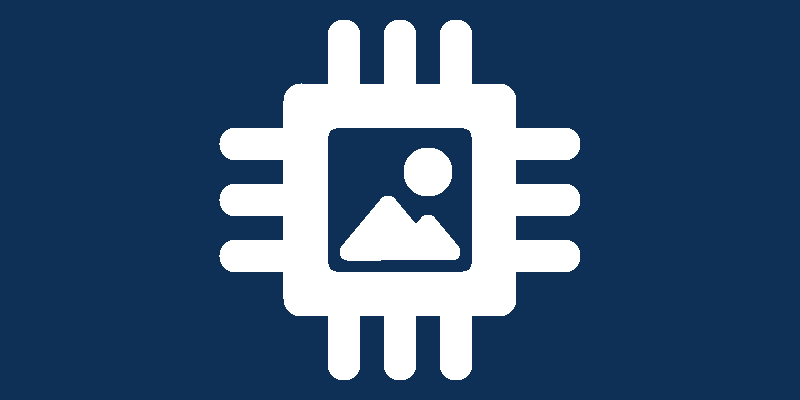Fusing Creativity and Technology
Art has been a reflection of human creativity and imagination for centuries. But in the 21st century, the art world is witnessing a profound transformation with the integration of Artificial Intelligence (AI) into the creative process. AI-generated art exhibitions, where machines create art, are reshaping the boundaries of creativity, challenging traditional notions of authorship, and opening up new horizons for both artists and art enthusiasts. In this article, we’ll discuss the realm of AI-generated art exhibitions, exploring how AI is pushing the boundaries of what art can be, the controversies it has sparked, and its impact on the art world.
AI and Art: A Marriage of Creativity and Technology
Art and technology have often been seen as separate domains, but AI is bridging the gap. AI, specifically Generative Adversarial Networks (GANs) and Recurrent Neural Networks (RNNs), have the capacity to generate art that is both captivating and thought-provoking. Here’s how it works:
- Data Analysis: Algorithms analyze vast datasets of art, enabling them to understand styles, techniques, and artistic trends
- Creativity: Models generate original art by extrapolating from the patterns and styles they’ve learned
- Collaboration: Artists and programmers often collaborate with AI systems, directing their creativity and providing input to the algorithm
Benefits of AI-Generated Art Exhibitions
- Innovation: AI-generated art offers new avenues for artistic innovation and expression, pushing the boundaries of traditional art forms
- Accessibility: AI democratizes art, making it more accessible to a broader audience, as it’s not bound by physical constraints
- Efficiency: AI can create art faster than humans, facilitating more frequent and varied exhibitions
- Inspiration: AI-generated art can serve as a source of inspiration for human artists, sparking new creative ideas
The Controversies of AI in Art
The integration of AI in art also raises important questions and concerns:
- Authorship: Who is the author of AI-generated art, the human artist, the AI programmer, or the AI itself?
- Originality: Can AI truly be creative, or is it merely replicating patterns and styles it has learned?
- Commercialization: The art world is grappling with the commercial value of AI-generated art and how to assess its worth
Impact on the Art World
AI-generated art exhibitions have already made a significant impact:
- Artistic Exploration: AI allows artists to explore new realms of creativity, challenging conventions and expanding the definition of art
- Art Market: AI-generated art is making its way into art auctions, fetching impressive prices
- Art Appreciation: These exhibitions are encouraging art enthusiasts to reconsider the boundaries of human creativity and the essence of art
AI-Generated Art in Practice
- Robbie Barrat: The artist-programmer is renowned for using AI to create art, demonstrating how machines can contribute to artistic expression
- Google’s Magenta: This project is exploring AI’s role in music and visual arts, fostering collaborations between humans and AI systems
- The Obvious Collective: Famous for the sale of an AI-generated portrait, this collective is pushing the envelope of AI art in commercial markets
The New Artistic Frontier
AI-generated art exhibitions are breaking new ground, offering us fresh perspectives on creativity, innovation, and the essence of art itself. These exhibitions are an exciting intersection of technology and human imagination, pushing the boundaries of what is possible in the world of art. As AI continues to evolve and play a more prominent role in the creative process, we can anticipate a future where AI-generated art is not just a novelty but an integral part of the artistic landscape.





